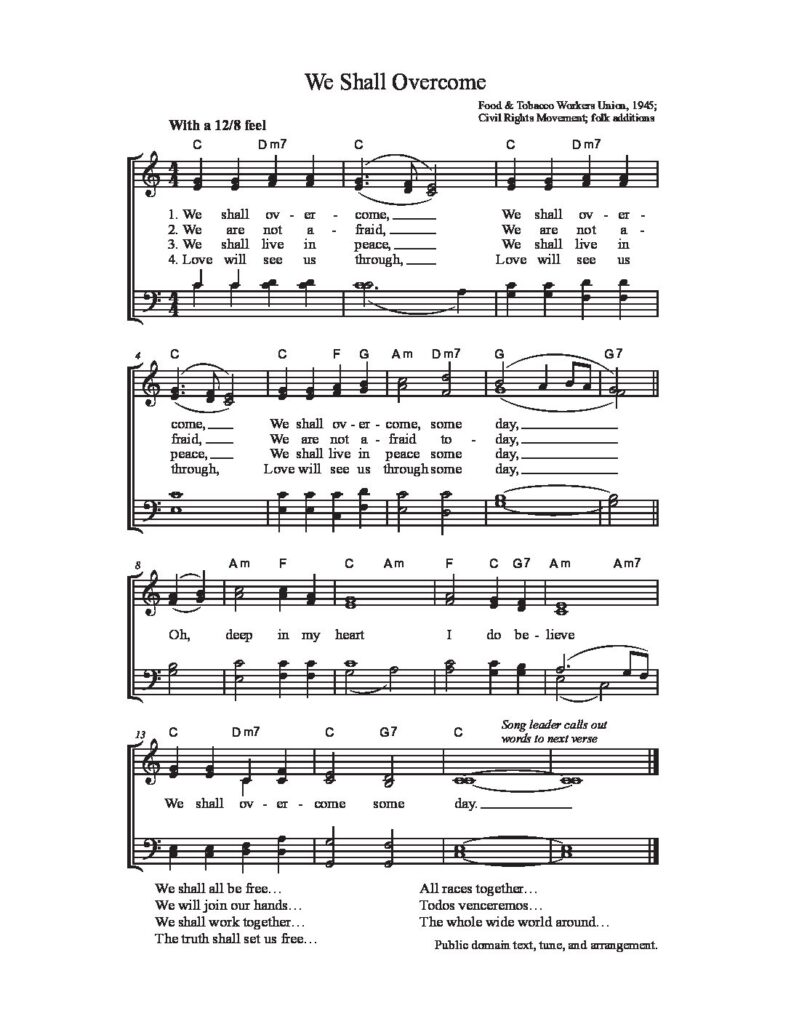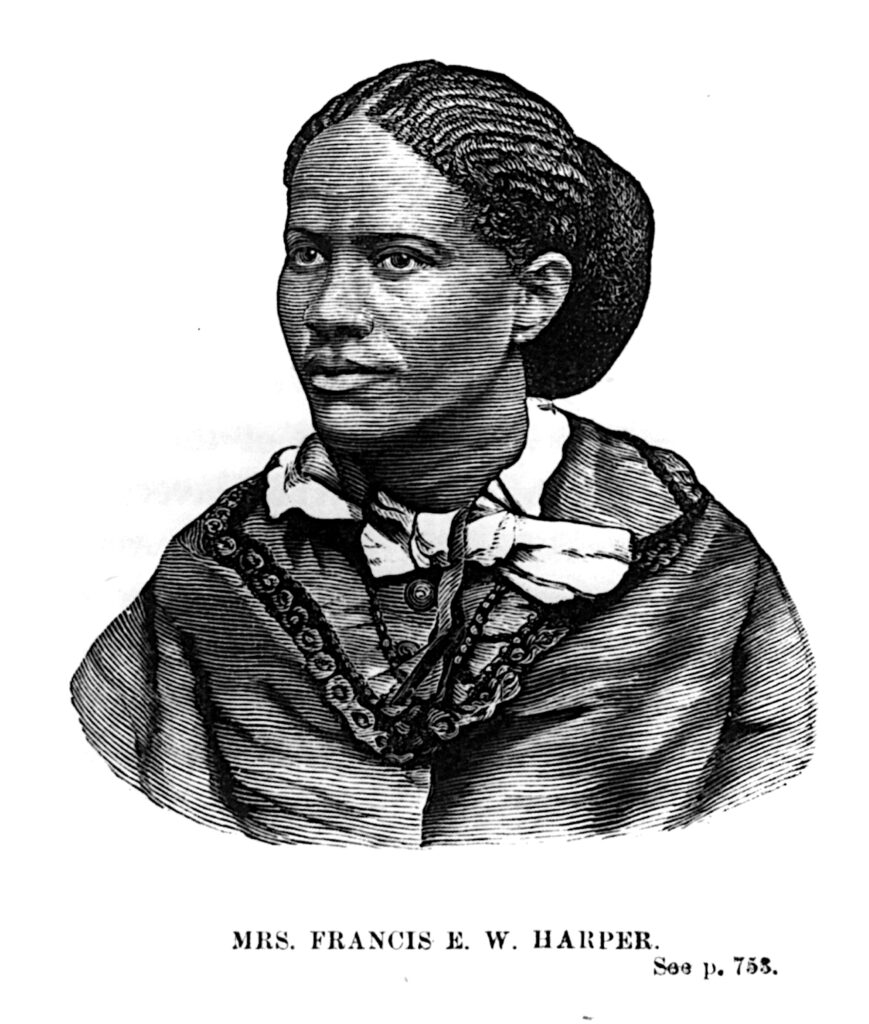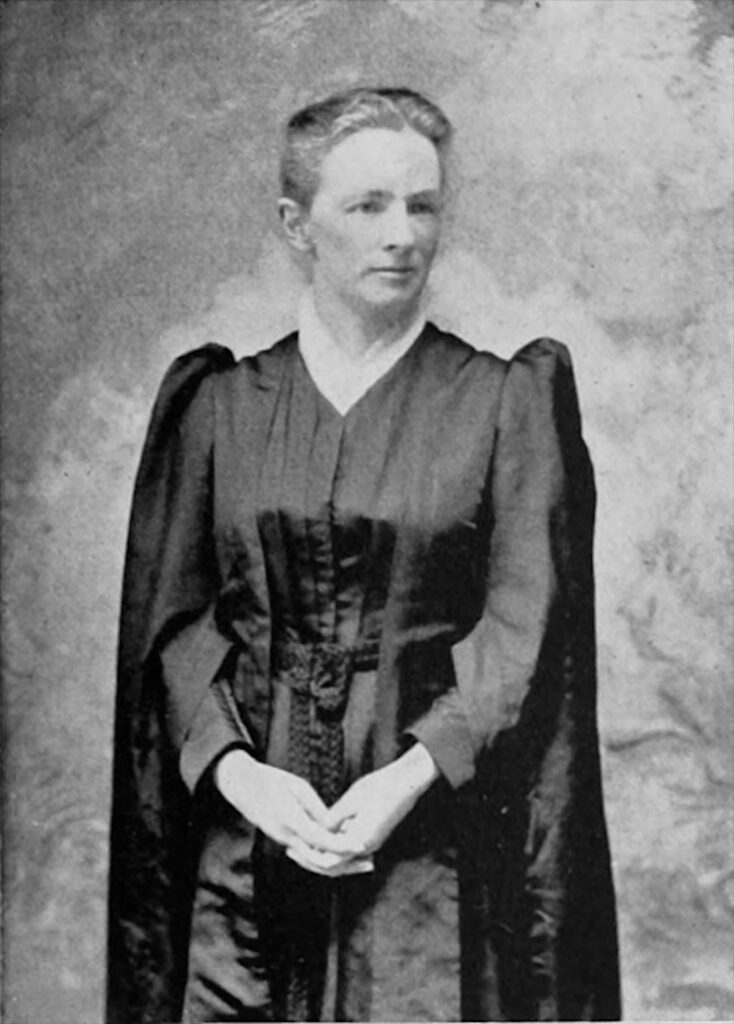Over the years, I’ve performed a number of ten-minute weddings. What’s the point of a ten-minute wedding? I’ve done these weddings for couples who had a friend officiate at their wedding ceremony then needed a legal wedding, and for other couples whose wedding ceremony was not, for some reason or other, a legal wedding. These weddings are also useful for those who want a courthouse-type wedding, but who prefer not to go to city hall to be married. Mostly I’ve done this type of wedding in my office at church, but memorably I did one for a couple at a restaurant where the waitress was one of the witnesses (the couple gave her a really big tip).
I realized I’ve never put this ten-minute wedding on my Web site. In case it might be useful to someone else, here’s the form I use:
The Ten-Minute Wedding
Intention: A and B, it is now time to begin your passage into marriage, by declaring your intent to marry and then by making your vows to each other. Are you now ready to begin your passage into marriage? [Answer “I am.”]
Vows:
I, A, take you, B, to be my spouse,
to join our visions for a better future,
to join our voices for equality and love,
to have and to hold,
from this day forward,
as long as we both shall live.
I, B, take you, A, to be my spouse,
to join our visions for a better future,
to join our voices for equality and love,
to have and to hold,
from this day forward,
as long as we both shall live.
[Or use these more traditional vows: “I, A, take you, B, to be my spouse, / to have and to hold, / from this day forward, / as long as we both shall live.”]
Declaration: Inasmuch as A and B have agreed in their desire to go forward in life together, seeking an ever richer, deepening relationship, and because they have pledged themselves to meet sorrow and joy as one, we rejoice to recognize them as married.
CC0
As far as I know, all these words are in the public domain, so I slapped a Creative Commons CC0 “No rights reserved” label on the wedding above (the words in blue type). That means it’s in the public domain, so you can use it, modify it, etc.
Here are some thoughts on this wedding from:
(1) Obviously, other vows may be used.
(2) While I’m pretty insistent on making weddings absolutely gender-neutral —I feel vows should be the same for both persons in the couple, and I use the gender-neutral “spouse” — you may have different views on gender neutrality. Feel free to use words like “husband” and “wife,” or to have one spouse to say they’ll “honor and obey” the other spouse (just so long as I don’t have to attend the wedding).
(3) An unspoken assumption in this wedding form is that both persons involved know exactly what they’re getting into, and both freely consent to the marriage. I wouldn’t perform a wedding unless both parties are fluent in English, or unless there’s a certified interpreter — many courthouse officiants have similar requirements. All the usual criteria for consent also apply: e.g., I won’t perform a wedding where one member of the couple appears to be dominating or abusing the other, or where one member of the couple appears to be intoxicated, or where one member of the couple is under the age of consent.
(4) I feel it’s archaic and ridiculous for the officiant to say, “You may now kiss.” (And no way would I ever utter the sexist words, “You may kiss the bride.”) If both members of the couple are above the age of consent, why do they need my permission? But at the end of the brief ceremony, I might remind them that this a a time when couples often kids each other, if they choose to do so.
(5) Although I call this a Ten-minute Wedding, if you’re the officiant you’ll want to schedule at least 15 minutes. You’ll need five minutes to check the marriage license, and get the couple settled down. The actual wedding takes about five minutes. Then another five minutes for you to sign the marriage license, and to have any witnesses sign as well (if your state requires witness signatures).
Finally — yes, I can do a Ten-minute Wedding for you if you need one. Email me to schedule a time to meet in my office. If I don’t know you, I’ll require a minimum $50 donation to LifeMoves, a nonprofit that provides services and housing to homeless people; if you can’t afford $50, let me know and we’ll work out a sliding scale. (Also, if you want anything more than the wedding shown above in blue — that means any customization, including writing your own vows — my fee immediately goes to $500, because customization requires more time from me.)



